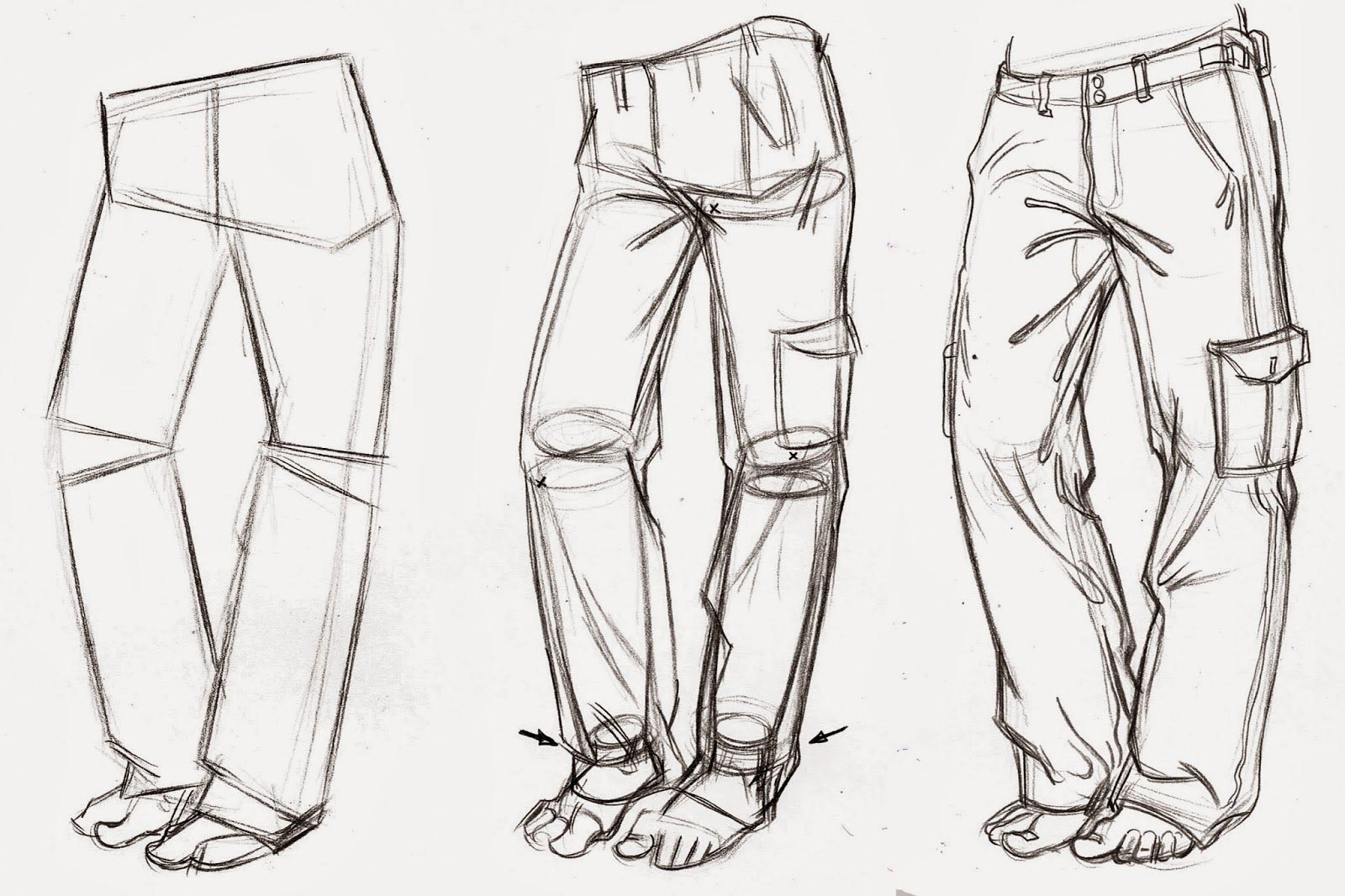
Introduction
Drawing pants can be a challenge for artists, whether you're a beginner or an experienced professional. The way fabric drapes, folds, and interacts with the body creates unique shapes and textures that require careful observation and attention to detail. In this article, we will provide a comprehensive guide on pants drawing reference, offering valuable tips and techniques to help you improve your skills and create realistic and dynamic pants in your artwork.
Understanding the Anatomy of Pants
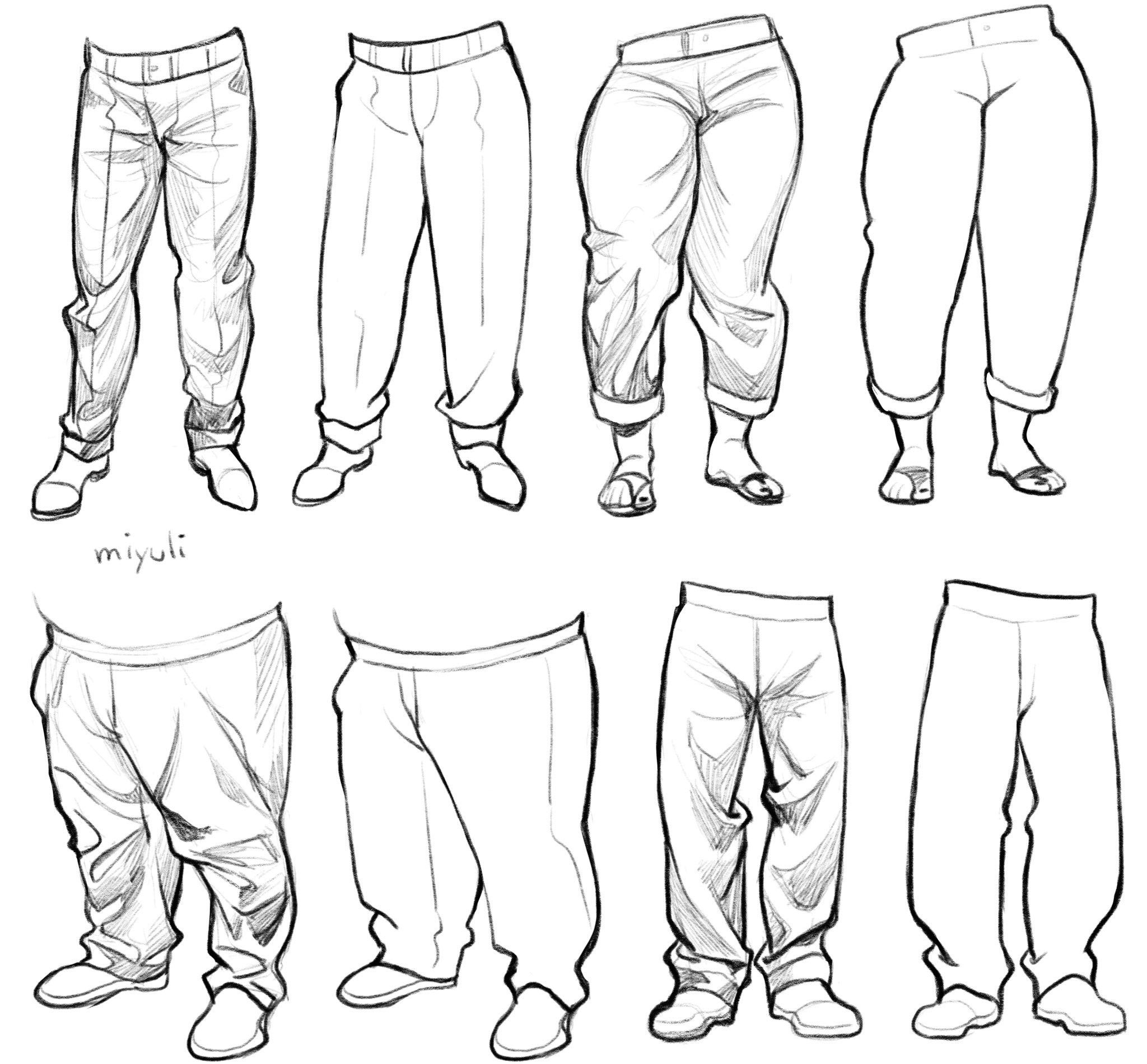
Before diving into the specifics of drawing pants, it's crucial to understand the basic anatomy of this essential garment. Pants consist of various components, including the waistband, hips, crotch, thighs, knees, and ankles. Each of these elements contributes to the overall shape and structure of the pants, and understanding their proportions and relationships is key to achieving accurate and realistic drawings.
Observing Different Pant Styles
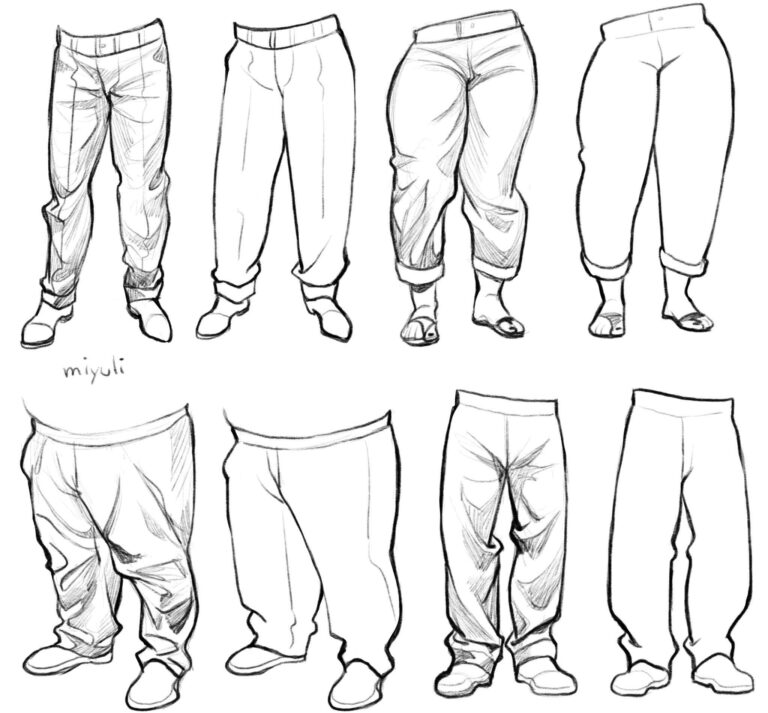
Pants come in countless styles, ranging from jeans to slacks, leggings to cargo pants. To effectively draw pants, it's essential to observe and familiarize yourself with the characteristics of different pant styles. Pay attention to details such as the fit, length, pockets, pleats, and any unique design elements that distinguish one style from another. This knowledge will enable you to accurately portray various types of pants in your artwork.
Mastering Basic Shapes and Proportions
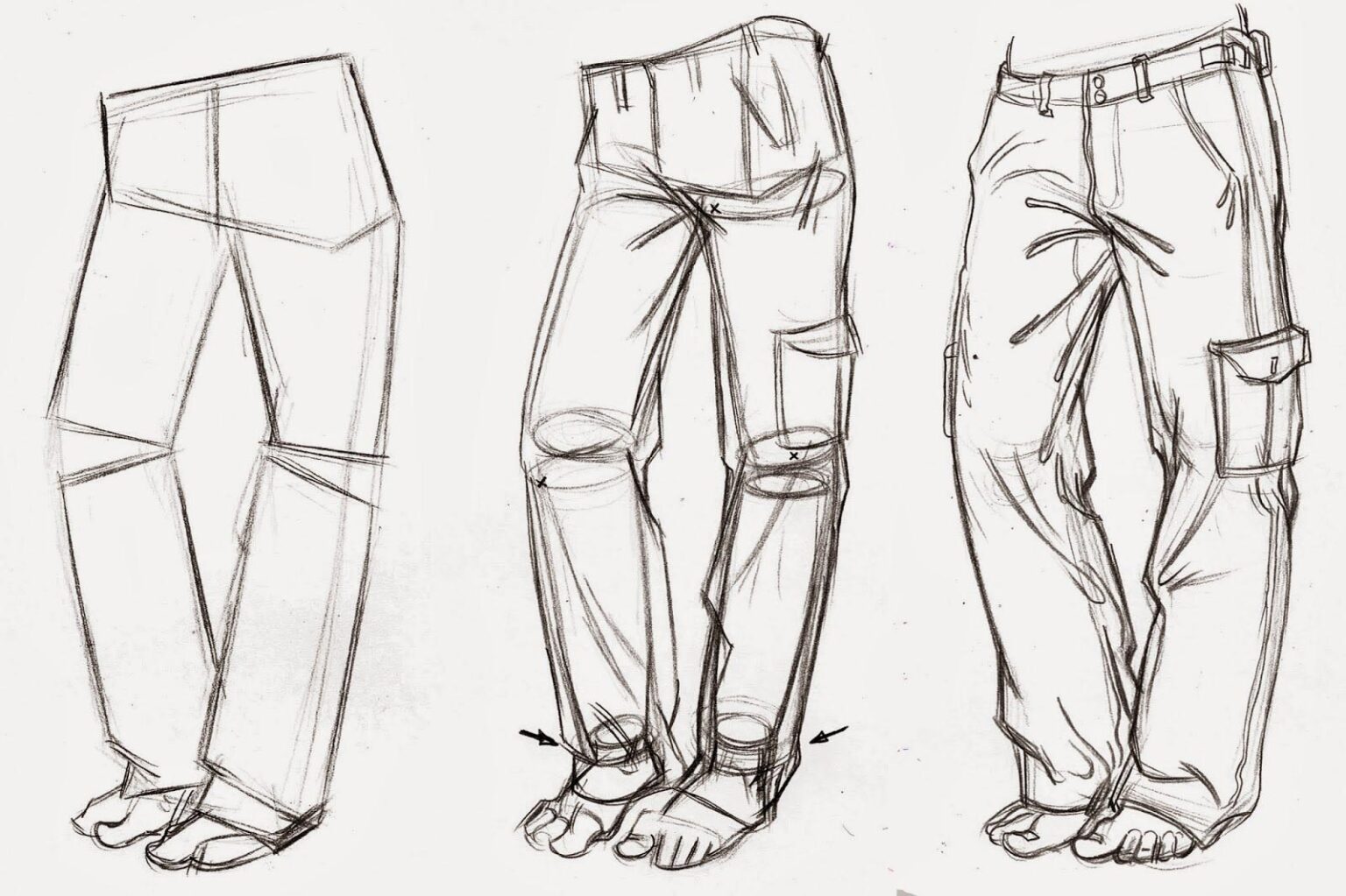
Begin your pants drawing by breaking down the overall shape into basic geometric forms. Start with a simple rectangular shape to represent the waistband and then add ellipses or ovals to indicate the hips and thighs. Understanding the proportions and relationships between these basic shapes will serve as a foundation for more detailed and accurate drawings.
Creating Dynamic Folds and Wrinkles

Fabric naturally creates folds and wrinkles as it drapes over the body, and capturing these dynamic elements is crucial for bringing your pants drawings to life. Observe how the fabric gathers and stretches around the waist, thighs, and knees. Pay attention to the direction of the folds and the areas of tension or looseness. Adding these details will add realism and depth to your artwork.
Understanding Light and Shadow

Light and shadow play a significant role in creating a three-dimensional effect in your pants drawings. Study how light interacts with different fabric textures and how it casts shadows on various parts of the pants. By understanding the principles of light and shadow, you can add depth and volume to your drawings, making them more realistic and visually appealing.
Adding Texture and Details
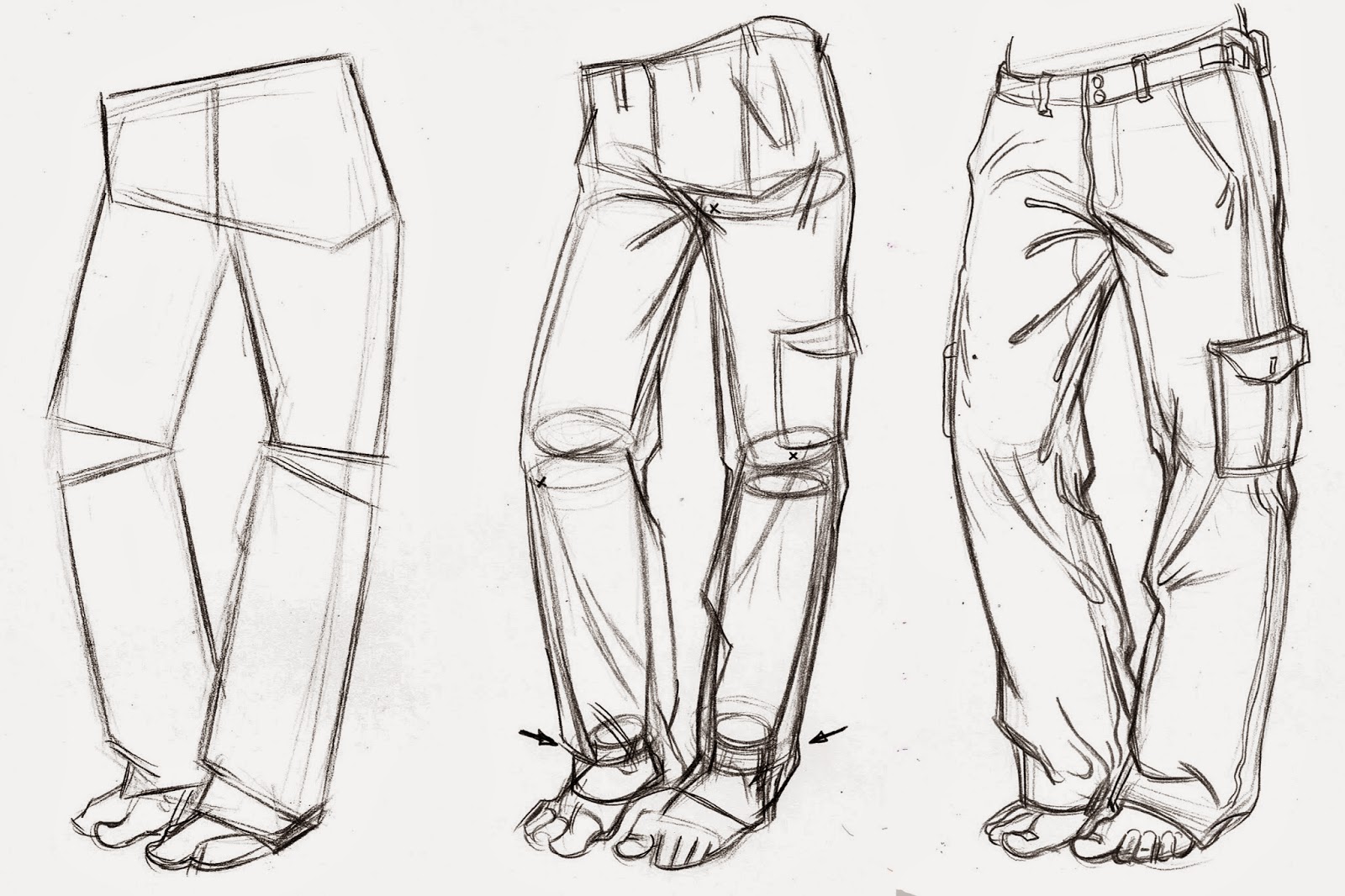
Texture and details contribute to the overall authenticity of your pants drawings. Pay attention to the specific fabric texture, whether it's denim, cotton, or leather, and replicate it through careful shading and hatching techniques. Additionally, include details such as stitching lines, buttons, zippers, and any other unique elements that characterize the particular pair of pants you are drawing.
Practicing with Reference Images

Reference images serve as valuable tools for improving your pants drawing skills. Collect a variety of photographs or real-life examples of different pants styles and use them as references for your artwork. Analyze the shapes, folds, textures, and details in these images, and try to replicate them in your drawings. Regular practice with reference images will help you develop a better understanding of pants anatomy and improve your overall drawing abilities.
Experimenting with Different Artistic Styles

Don't be afraid to experiment with different artistic styles when drawing pants. Whether you prefer a realistic approach or want to explore more stylized and abstract representations, each style offers unique opportunities for creativity and self-expression. Embrace diverse techniques, such as cross-hatching, stippling, or even digital painting, to add your personal touch to your pants drawings.
Conclusion
Mastering the art of pants drawing requires practice, observation, and attention to detail. By understanding the anatomy of pants, observing different styles, and incorporating essential elements such as folds, light, and texture, you can create realistic and dynamic pants in your artwork. With regular practice and experimentation, you'll continue to improve your skills and develop your unique artistic style.
Meta Description:
This comprehensive guide on pants drawing reference provides valuable tips and techniques for artists to create realistic and dynamic pants in their artwork. Learn about pants anatomy, different styles, folds, light, texture, and more!
Meta Keywords:
pants drawing reference, pants anatomy, drawing techniques, fabric folds, light and shadow, texture, artistic styles